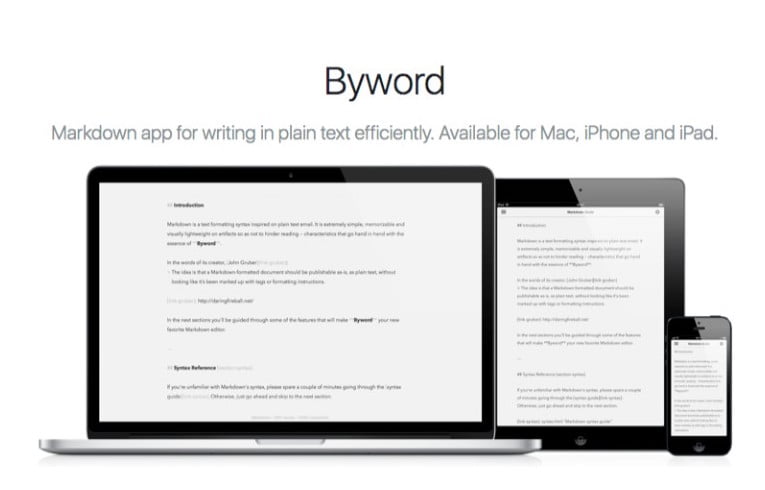

If you get bogged down trying to make alphabetizing decisions, take a look at CMOS 16.61, where a table shows the same list of words alphabetized letter by letter and word by word. Take a look at some reference books to get a feel for the appropriateness of their alphabetizing.Īlphabetizing rules are very important in lengthy lists like indexes, directories, and catalogs, where mixing the two systems could result in real confusion and inconvenience for readers. New, Aaronĭictionaries are normally arranged letter by letter library catalogs and telephone listings are usually arranged word by word. All the phrases that contain new as a stand-alone word are listed first, followed by words beginning with the letters n- e- w. You can see that in letter-by-letter alphabetizing, the space between new and to is ignored, whereas in the word-by-word system, the space after new causes the phrase to be grouped with other phrases where new stands on its own as a word. (That is, spaces are not ignored.) As in the letter-by-letter system, punctuation is ignored except for parentheses and commas, which come respectively before other interruptions.Ĭompare the position of the phrase “new to me” in this list with its position in the list above. In word-by-word alphabetizing, alphabetizing stops after the first word. A parenthesis is a stronger interruption than a comma and therefore comes first in order. Exception: a parenthesis or comma interrupts the alphabetizing. Spaces and most punctuation marks are ignored. In letter-by-letter alphabetizing, every letter counts, including articles and prepositions. When putting items into alphabetical order, which comes first:Īnswers to questions like these sometimes depend on what system you use to alphabetize: “word by word” or “letter by letter.” Letter-by-Letter Alphabetizing


 0 kommentar(er)
0 kommentar(er)
